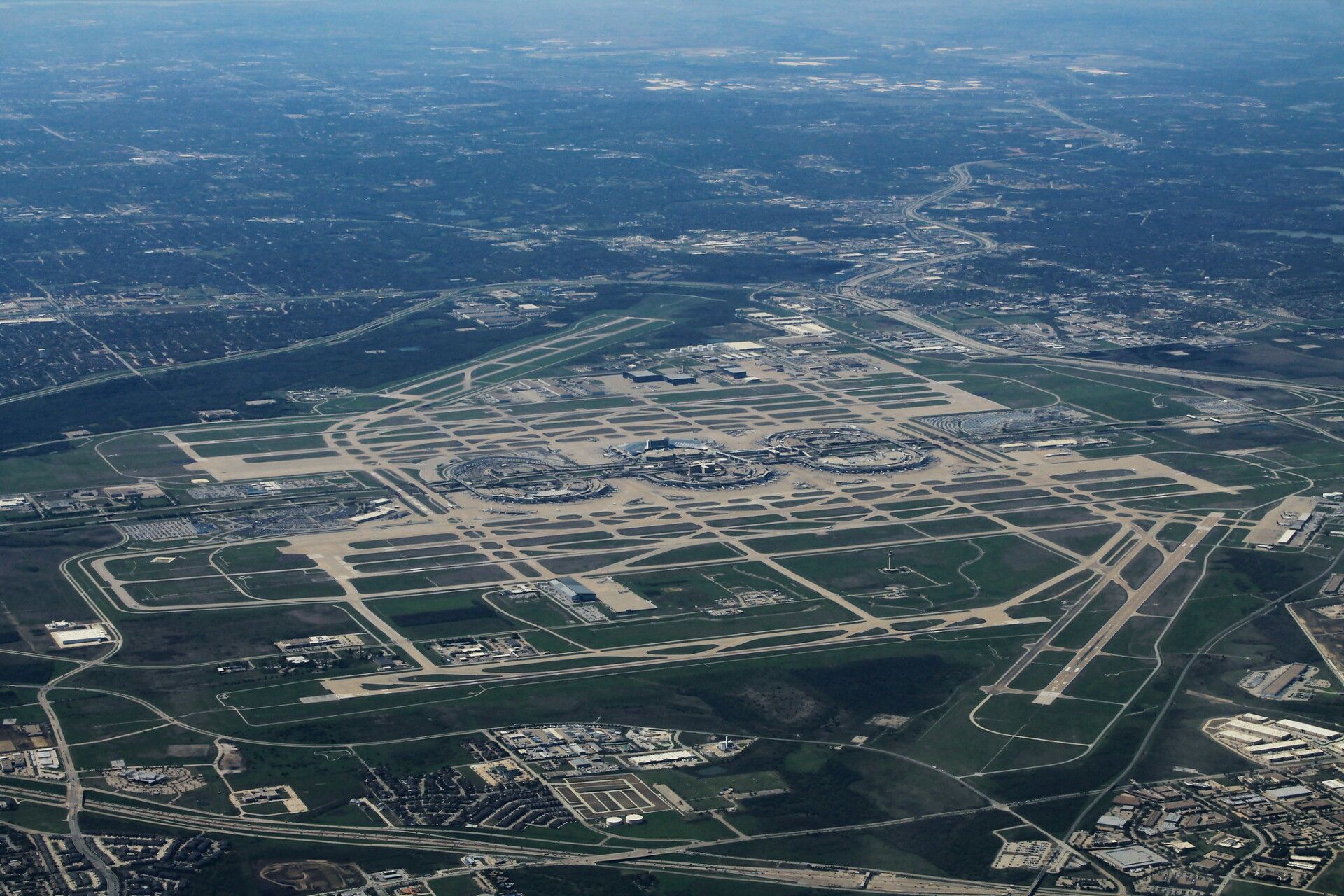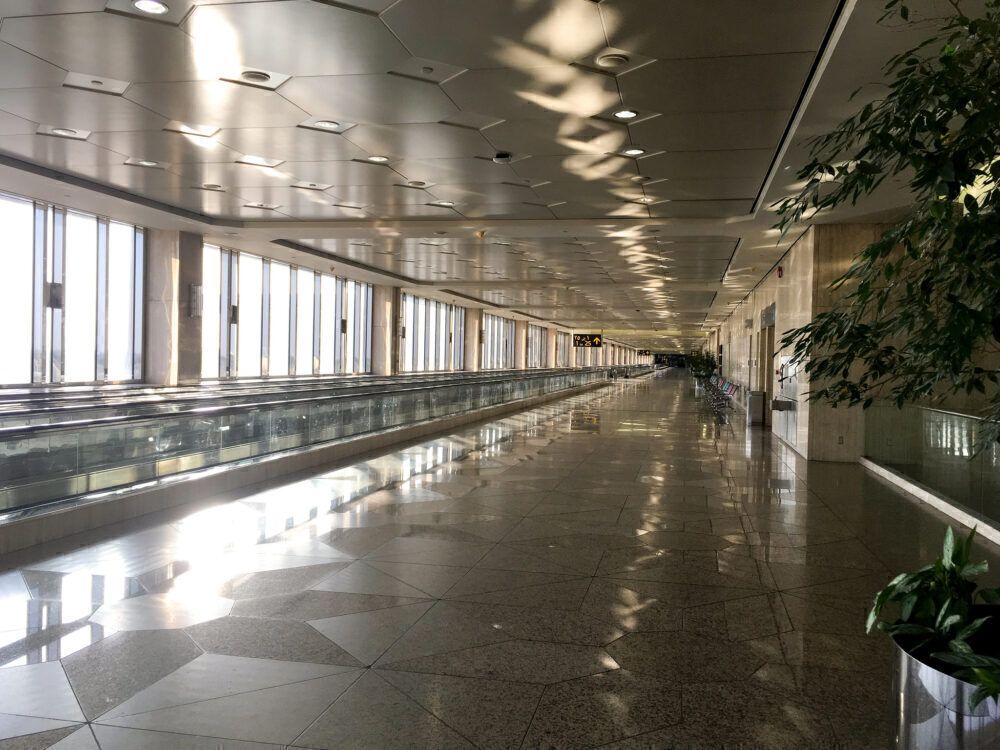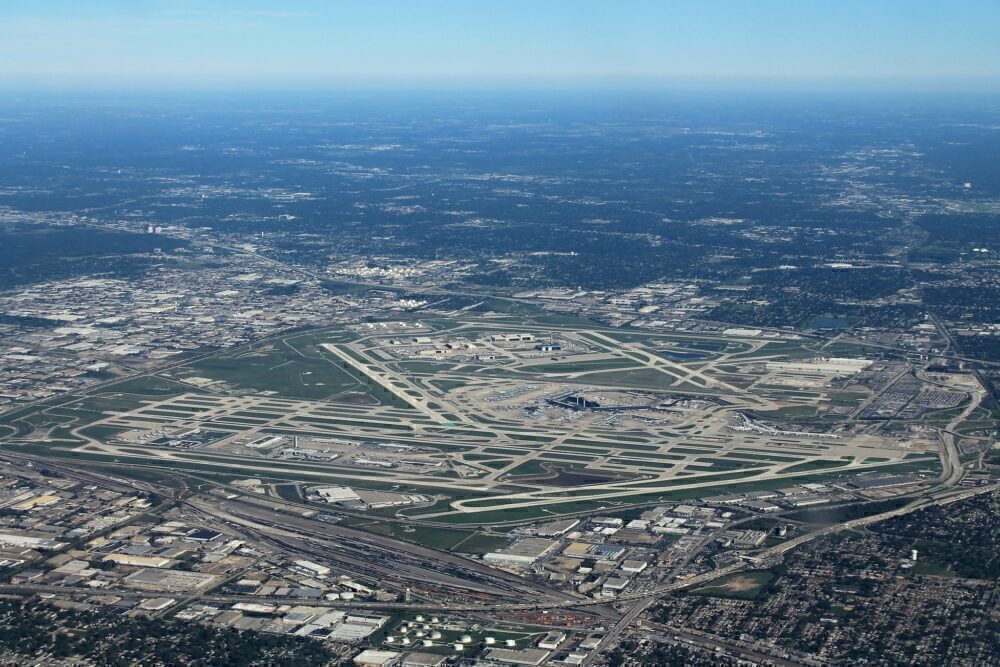Commercial aviation is an industry in which sheer size often captures the imagination. Indeed, Antonov's legendary six-engine An-225 freighter attracts huge crowds of avgeeks wherever it flies. When it comes to airports, certain examples stand out for their sheer enormity in terms of surface area. Let's take a look at some of the largest examples.
The largest of them all
The Middle East is known for being home to some of the world's most significant airports. When it comes to this region, one often thinks of intercontinental mega-hubs such as Dubai, UAE and Doha, Qatar. However, neither of these is the world's largest by surface area.
In fact, that honor goes to King Fahd International Airport (DMM), which serves Dammam, Saudi Arabia. This huge facility has a jaw-dropping surface area of approximately 776 square kilometers (300 square miles).
The airport is fairly young, having only opened for commercial operations in November 1999. Previously, it had served as a US airbase during the Gulf War in the early 1990s. What makes its size even more striking is the fact that its terminal building measures just 36.75 square kilometers (14.19 square miles). The airport has two 4,000-meter long runways.
Stay informed: Sign up for our daily and weekly aviation news digests.
US airports among the largest
One can find all of the world's second to sixth-largest airports in the US. The largest of these is Denver International (DEN), in the state of Colorado. This airport also features the country's longest runway, measuring 4,877-meter runway due to its 'hot and high' conditions. Overall, Denver International has a surface area of 135.7 square kilometers (52.4 square miles).
Dallas/Fort Worth International (DFW) takes third place on the list of the world's largest airports. It clocks in at 70 square kilometers (27 square miles), and even has its own ZIP Code. It also has the second-most runways of any US airport, with seven individual landing strips. The world's fourth to seventh-largest airports are also all in the US, and are as follows:
- 4) Fort Myers Southwest Florida International Airport (RSW) (54.9 square kilometers / 21.2 square miles).
- 5) Orlando International (MCO), Florida (53.83 square kilometers / 20.78 square miles).
- 6) Washington Dulles International (IAD), Virginia (48.56 square kilometers / 18.75 square miles).
- 7) Houston George Bush Intercontinental (IAH), Texas (44.51 square kilometers / 17.19 square miles)
Rounding out the top 10
The remainder of the world's 10 largest airports by surface area have a more diverse geographical range. Indeed, the three hubs that make up positions eight to ten are spread across two different continents. They are listed as follows:
- 8) Shanghai Pudong International (PVG), China (39.88 square kilometers / 15.40 square miles).
- 9) Cairo International (CAI), Egypt (36.25 square kilometers / 14 square miles).
- 10) Bangkok Suvarnabhumi Airport (BKK), Thailand (32.40 square kilometers / 12.51 square miles).
Airports are often thought of as being their own cities within themselves. Looking at this list, that certainly isn't an unfair statement based on the size of some of these examples!
Did you know which were the world's largest airports by surface area, or did some of the inclusions surprise you? How many of them have you visited? Let us know your thoughts and experiences in the comments!



